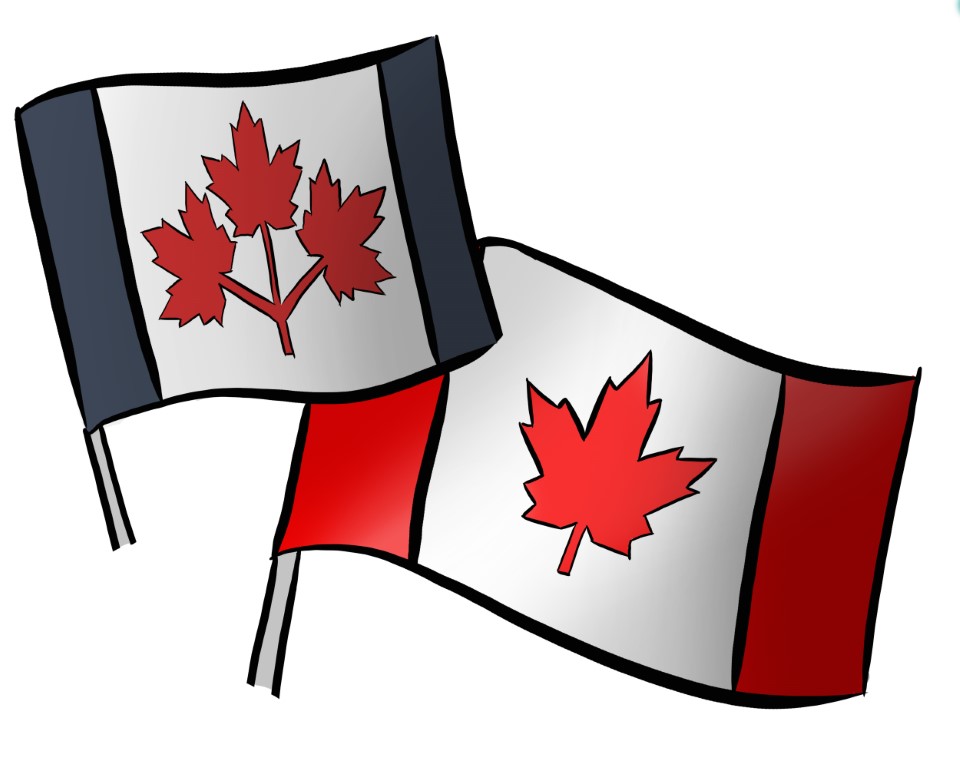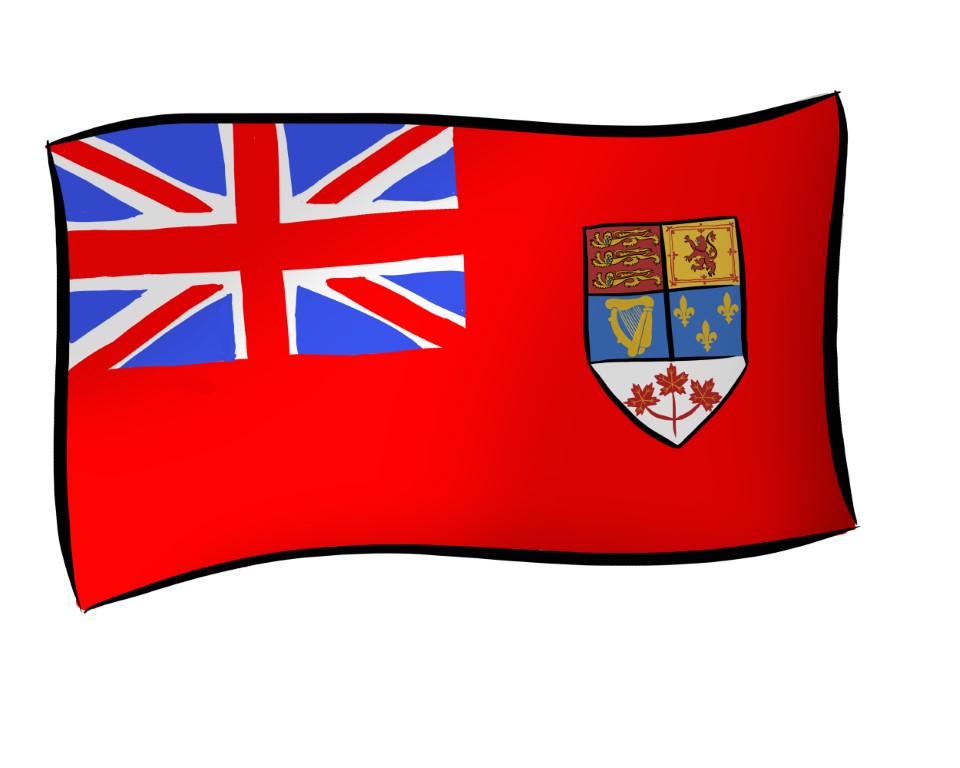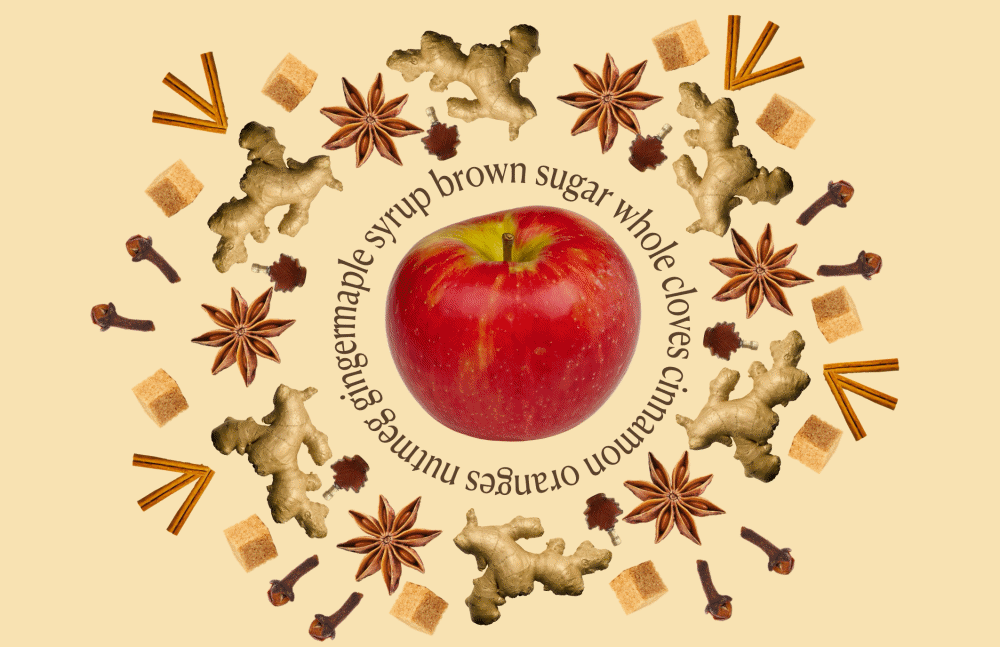Drama and death threats colour the history of our national symbol
By Janis McMath, Assistant Editor

Happy Canada Day! During this great holiday, many a maple leaf adorning our vivid
white and red can be seen all over. Renown as one of the best by many flag experts
worldwide for its bold colours and simple yet iconic Canadian leaf, we can
understand why there is a lot of love for this national symbol. Our flag is
seen everywhere, from clothing garments to backpacks—even
when it isn’t National Flag Day or Canada Day.
You’ve certainly seen the flag before, but have you ever wondered how the symbol of our country and its peoples came to be? Canada’s confederation was in 1867; The official Canadian flag was first flown on February 15 in 1965 (which also became Flag Day). That’s 98 years without our unique flag! Why? The idea was certainly always considered (as early as the confederation of the country) but was not introduced officially until the tenth Prime Minister, William Lyon Mackenzie King, brought the idea to the table. It didn’t come to fruition at that point though because the committee he appointed to the matter deemed the idea “too politically risky.”
It may seem strange that simply giving an independent nation its own (overdue) distinct identifier was politically risky, but at the time many were attached to the British Union Jack and, later in WWI, the Canadian Red Ensign. Canadians had died under both flags during battle, so the attachment was understandably strong. Additionally, many wanted a representation of their colonial British and French roots. But, during growing pains, there became an obvious need for the change. The nation was changing, as were its people—these old flags could not represent the whole diverse nation.
Lester. B Pearson is most notably the next cause of change for Canada’s flag, but before he appointed a committee in the 1960s, the senate and house of commons actually put forth a design which was the British Red Ensign (the Union Jack in the top right corner of a red flag) and a gold maple leaf in the centre of the right half of the flag. It was rejected and rightfully forgotten from history for being so ugly; we should consider how lucky we are to rep the flag we have today.
Pearson was committed to this “flag problem” as he called it and was determined to give the country a unifying symbol before the centennial celebrations for Canada. Then began “The Great Flag Debate,” the central problem being that some wanted a meaningful homage to Canada’s roots and others wanted a fresh new symbol for the future generations.
Over 6000 designs—many submitted by the public—were considered. Many featured beavers, geese, and maple leaves. Red, white, and blue were common colours that were used; one flag even featured “a Mountie and an Indigenous person shaking hands” according to the CBC.
One of the best put arguments put forth for a new flag for all Canadians was made by the original creator of our current flag: George Stanley. In a letter he sent to John Matheson, an MP who later gained credit for ending the Great Flag Debate, Stanley writes this: “If the flag is to be a unifying symbol, it must avoid the use of national or racial symbols that are of a divisive nature.”
Simply put, the maple leaf is simple and avoids alienating segments of the population. The maple leaf already had growing significance for Canadians—Olympians and the Toronto Maple Leafs had both adopted the icon as a show of patriotism. Soldiers who fought in WWI and WWII had a single maple leaf carved on their headstones as a symbol of loyalty and pride in their country. Not a single other nation had (and has) ever used the maple leaf on their flag, so the flag’s icon was an obvious pick. (Another unique aspect of our flag was the fact that it is twice as long as it is wide—we are the only ones to have such dimensions for our flag.)
All three finalists for the flag included maple leaves. Pearson’s Pennant (the PM’s design), George Stanley’s design, and a modification of George Stanley’s design with a French Fleur de Lis and a British Union Jack were all in the running.
After the 163 to 78 vote, Stanley’s design won (Pearsons was the first out and the French/British collaboration finished second). Soon after it was modified slightly so that the 13-point maple leaf instead had 11 points; many speculate on the significance of this, but the goal was just to create a clearer icon.
As if the whole process was not dramatic enough, Stanley received multiple death threats from those who hated the new flag’s lack of colonial history. In an interview for the CBC, Stanley recounted a violent encounter, “I remember one man coming up and said, you know, ‘I am going to shoot you.’” Stanley gave an iconic response—just as iconic as the flag he created: “Well, you know, I was shot at for several years by the Germans. I don’t know if you’ll have any more luck than they had.” On top of that, Stanley received a death threat in the mail stating that he would be killed if he went to the first flag-raising ceremony—he left his kids at home and went anyway.
So, this Canada Day, celebrate the country and the flag proudly knowing where it came from and the unity it brings to Canadians everywhere.

Some flag etiquette tips!
The National Flag of Canada, whether it be a cloth, paper or made of some other fabric or material, should never:
- Have anything pinned to or sewn onto it
- Be signed or marked in any way
- Be used as wearing apparel
- Be flown in a discoloured or tattered condition
- Be burned in effigy
- Touch the ground
- Be stepped on
- Be flown upside down (except as a signal of distress in instances of extreme danger to life);
Be dipped or lowered to the ground as a means of paying a salute or compliment



